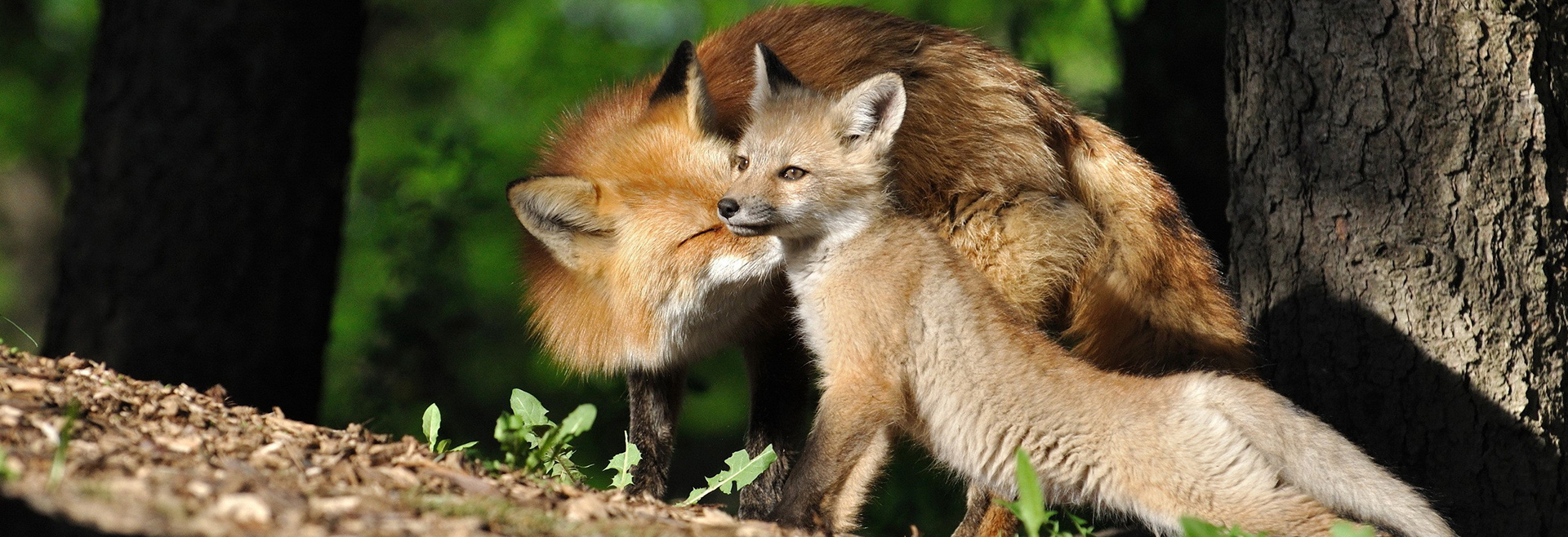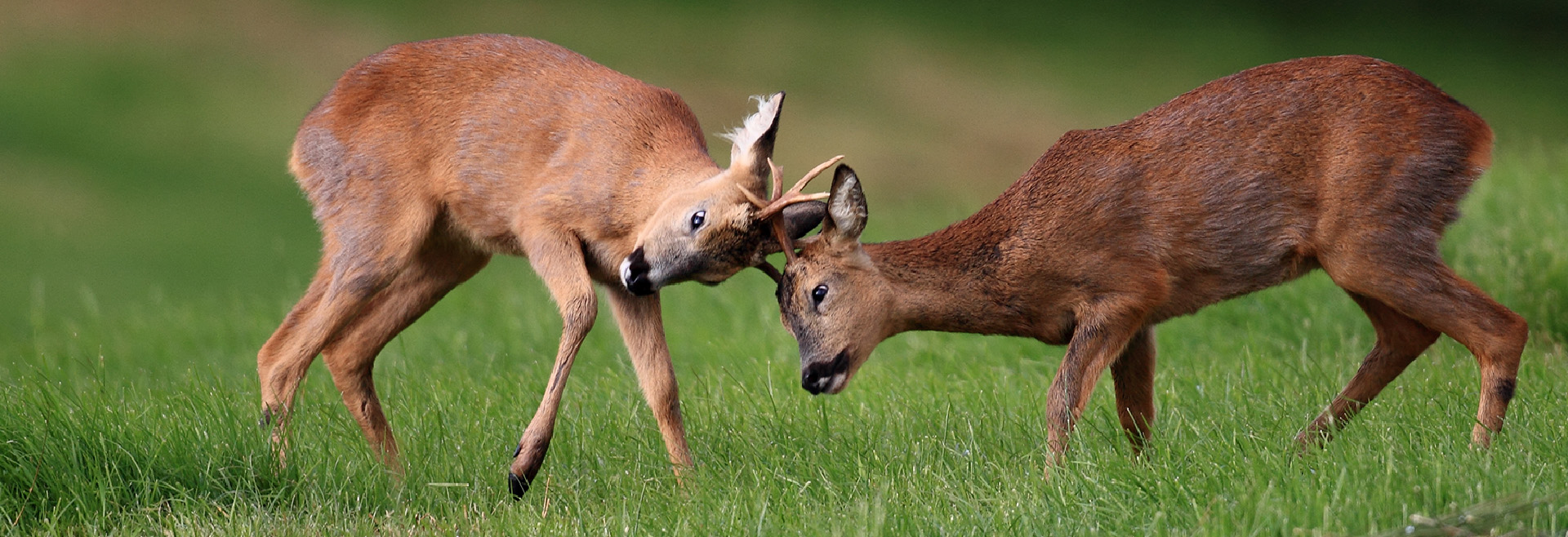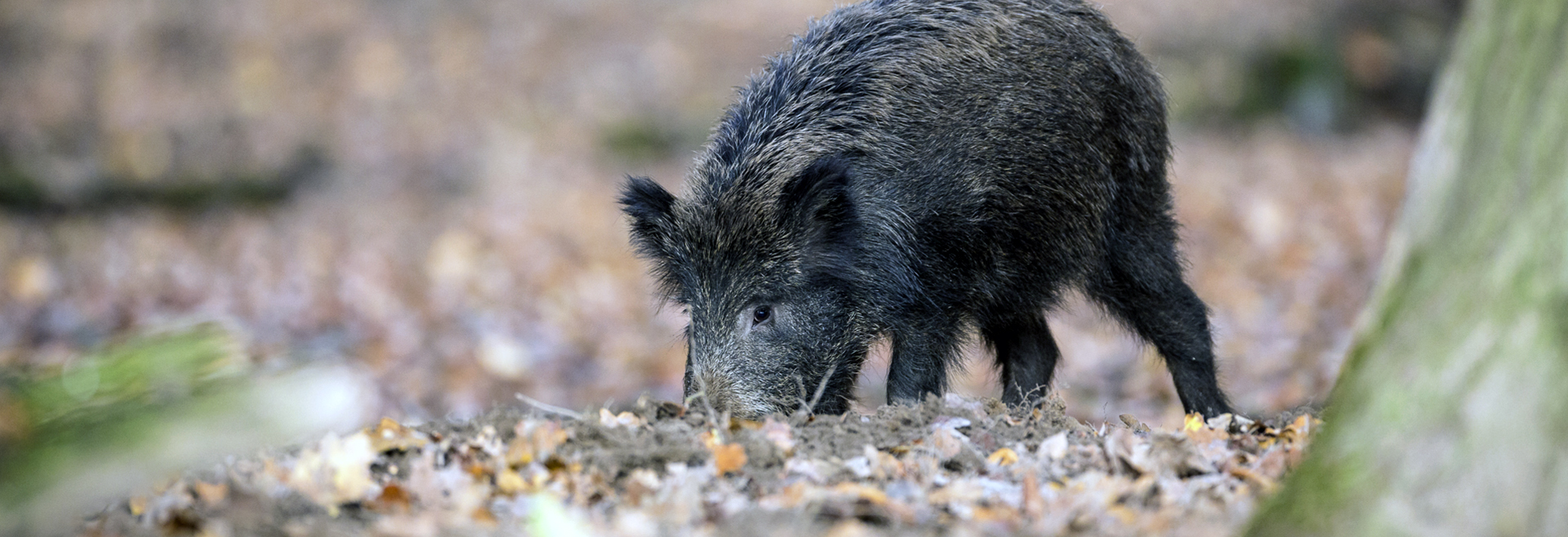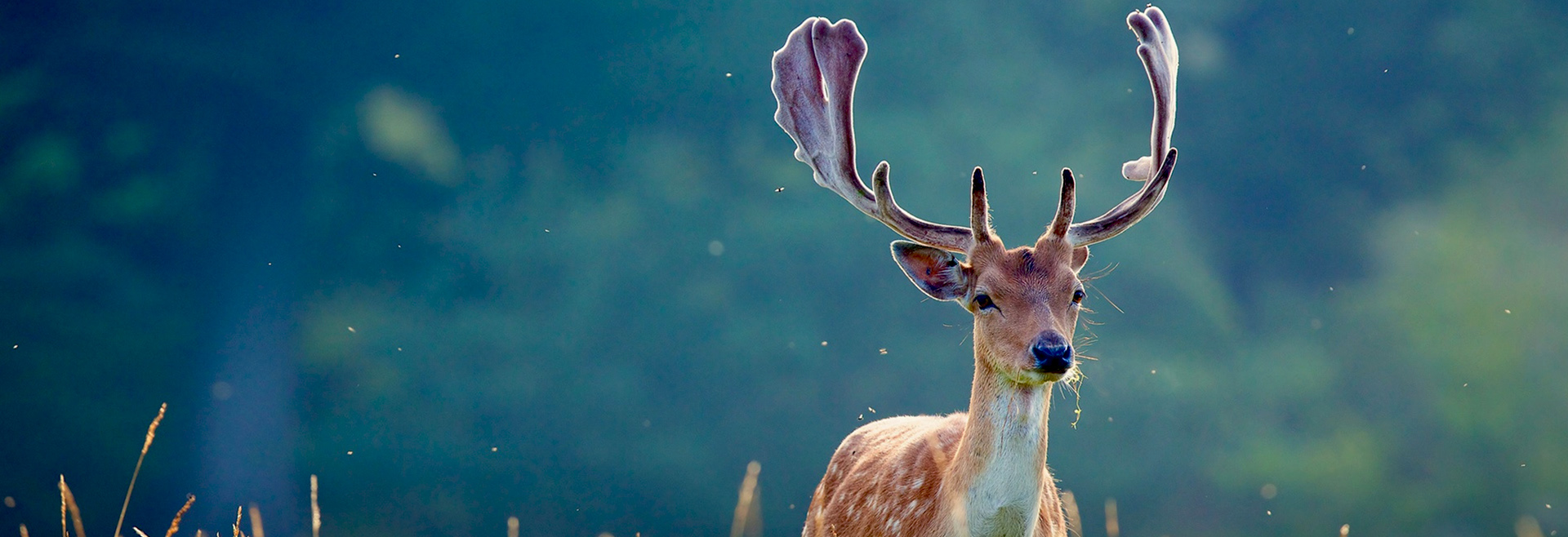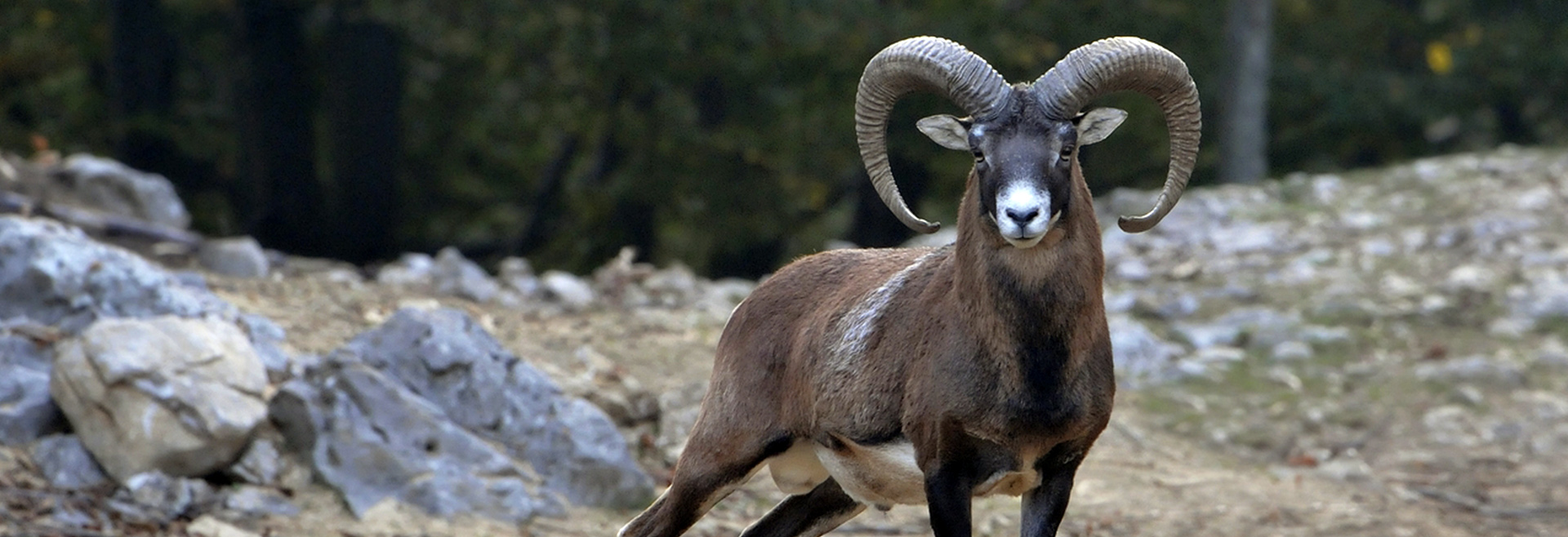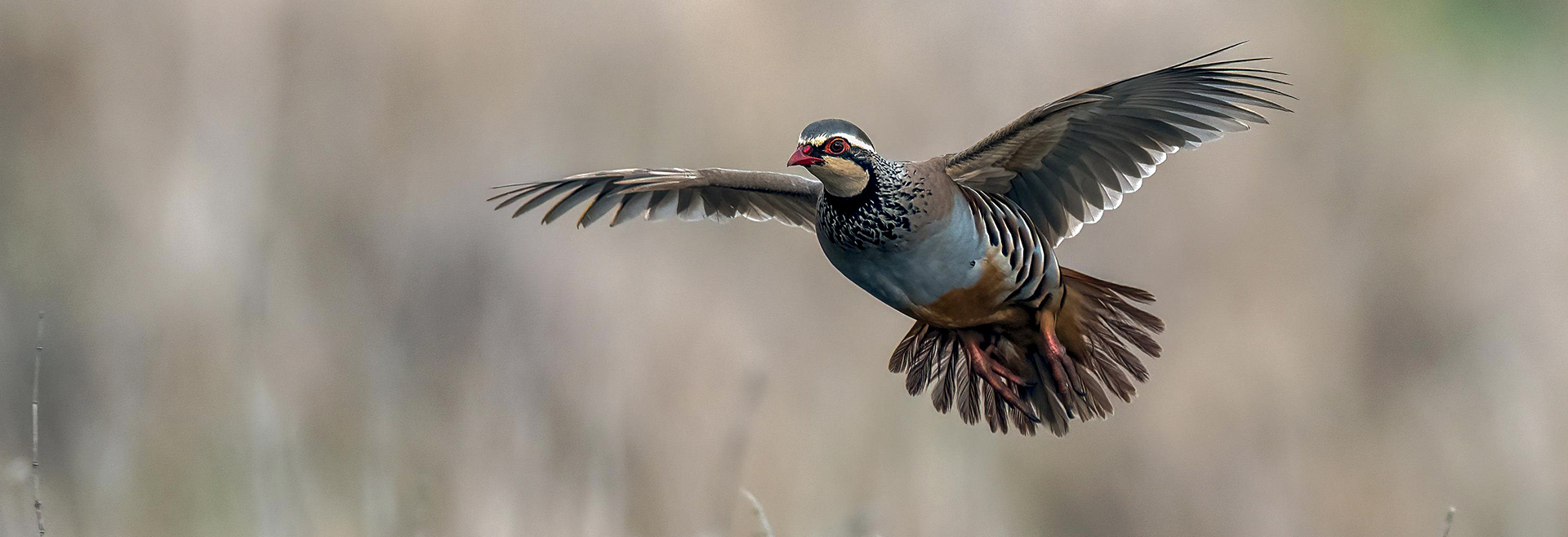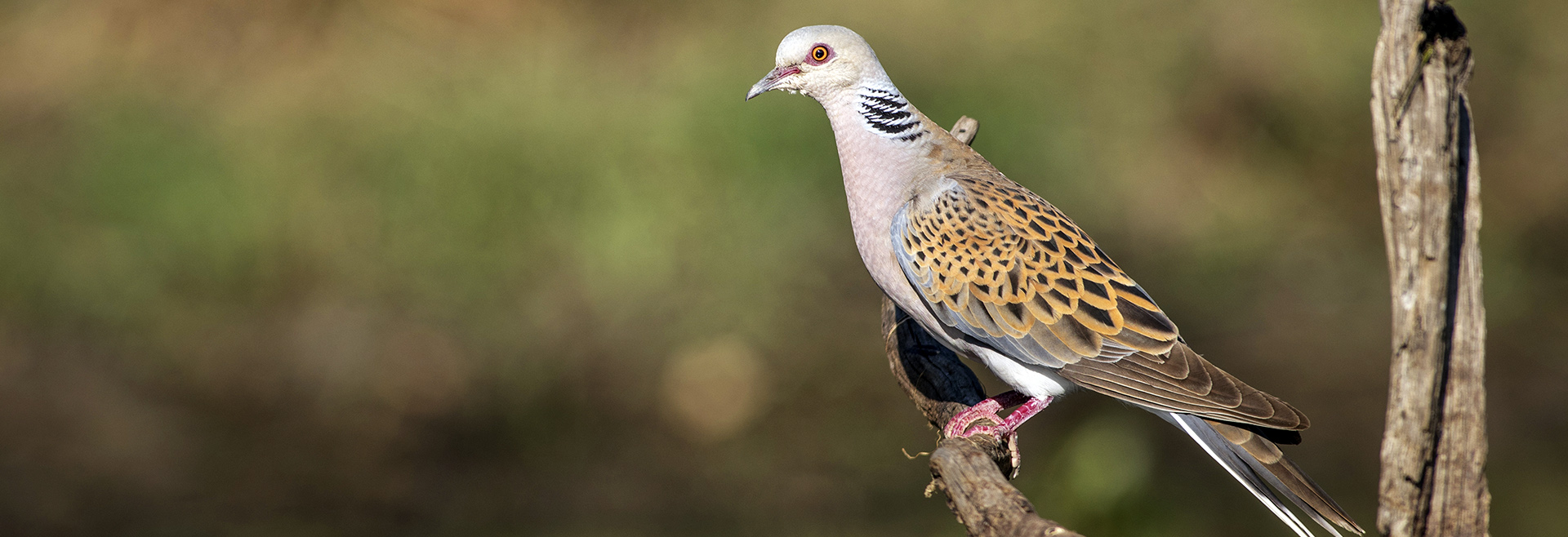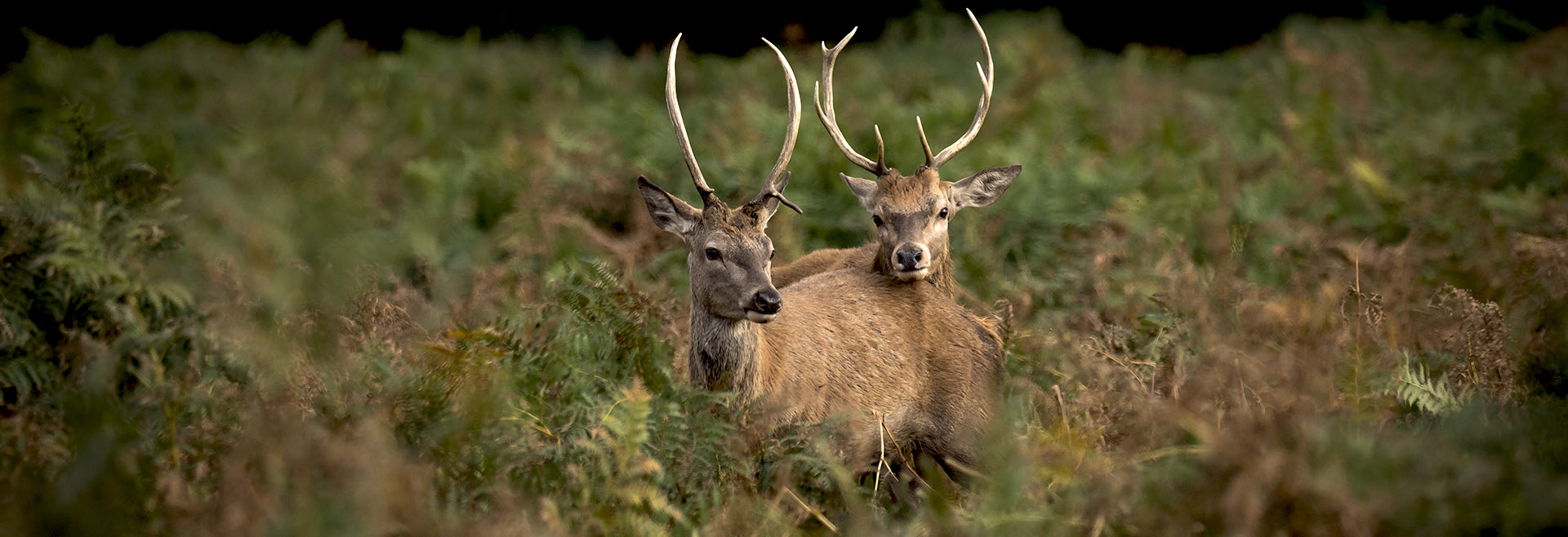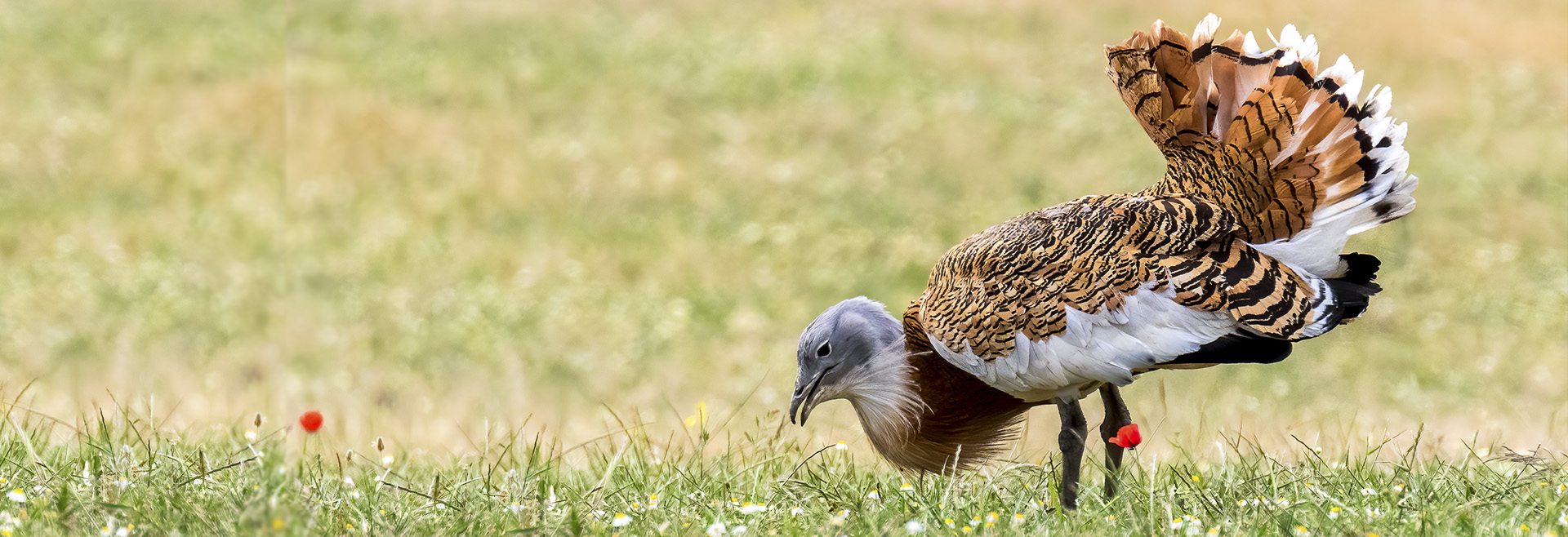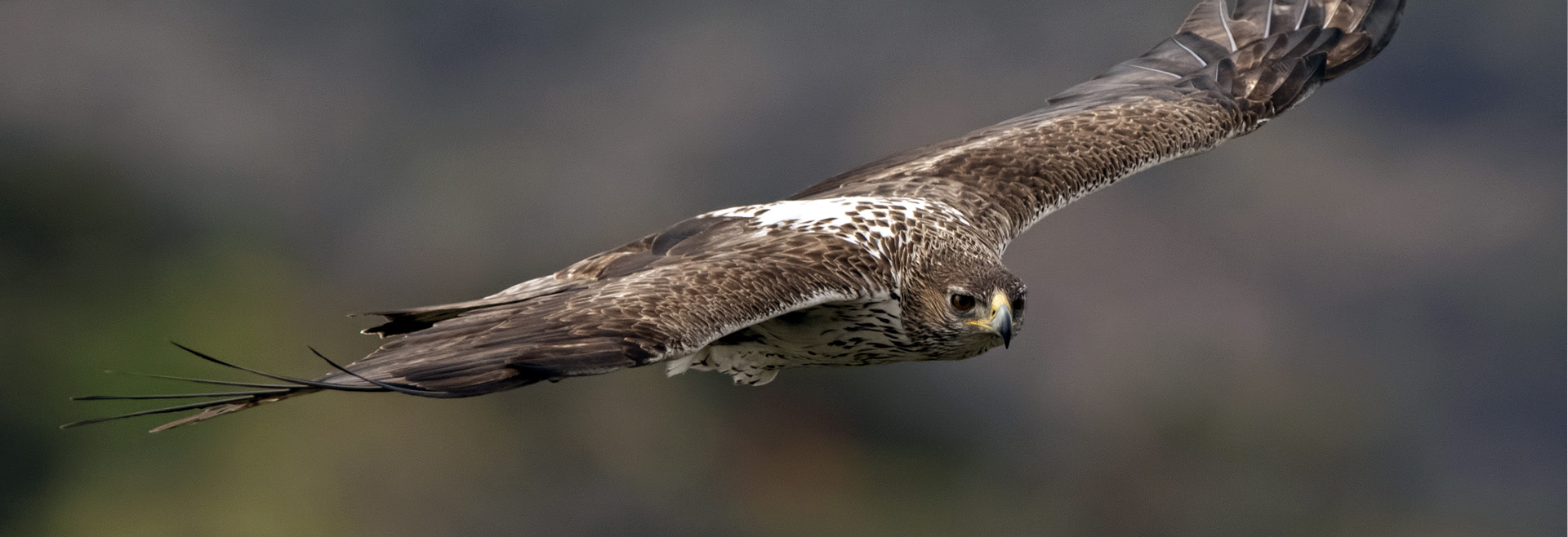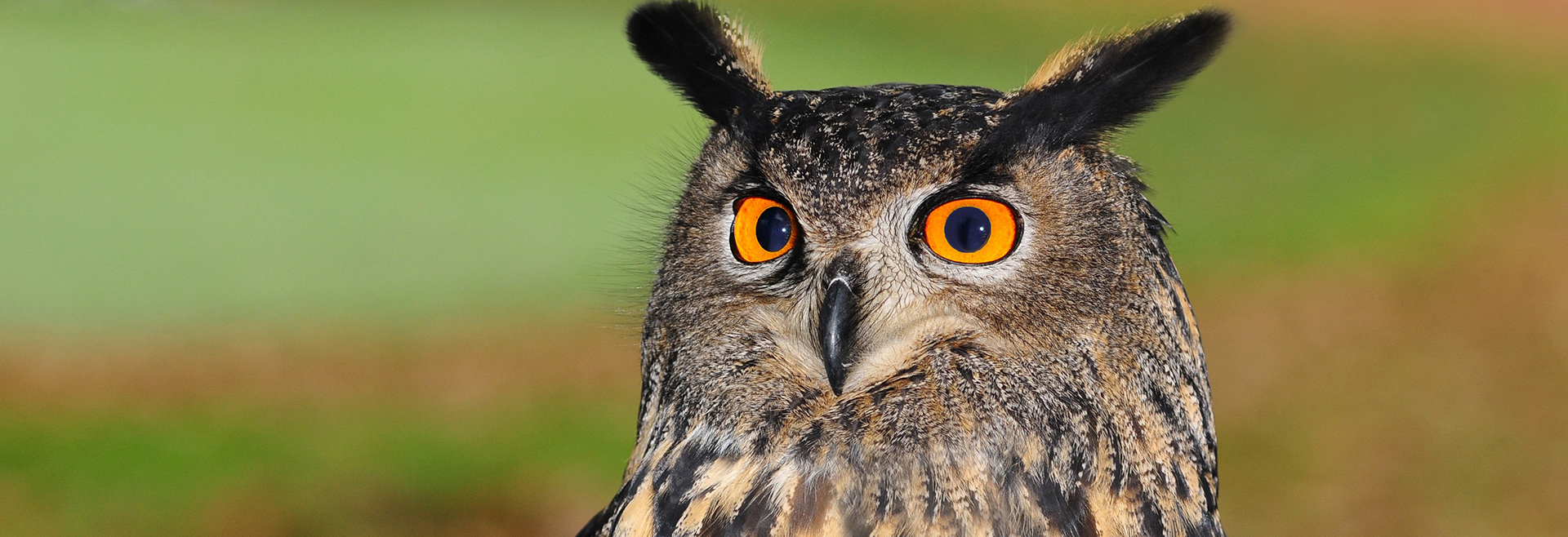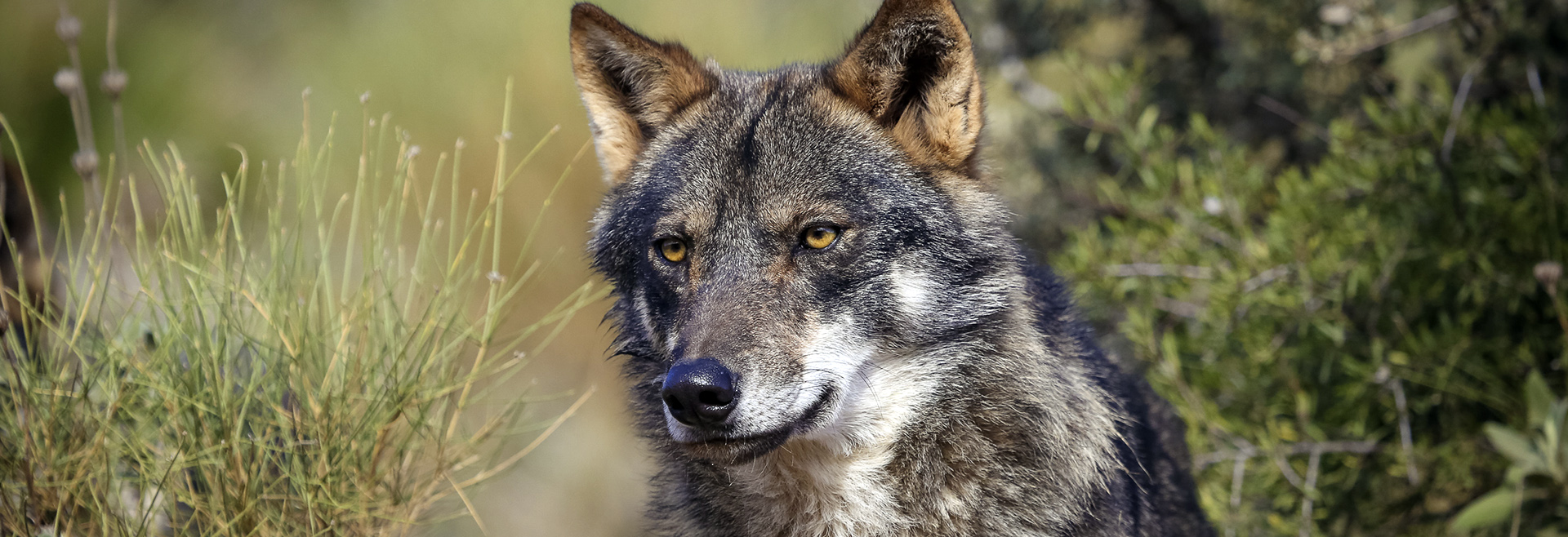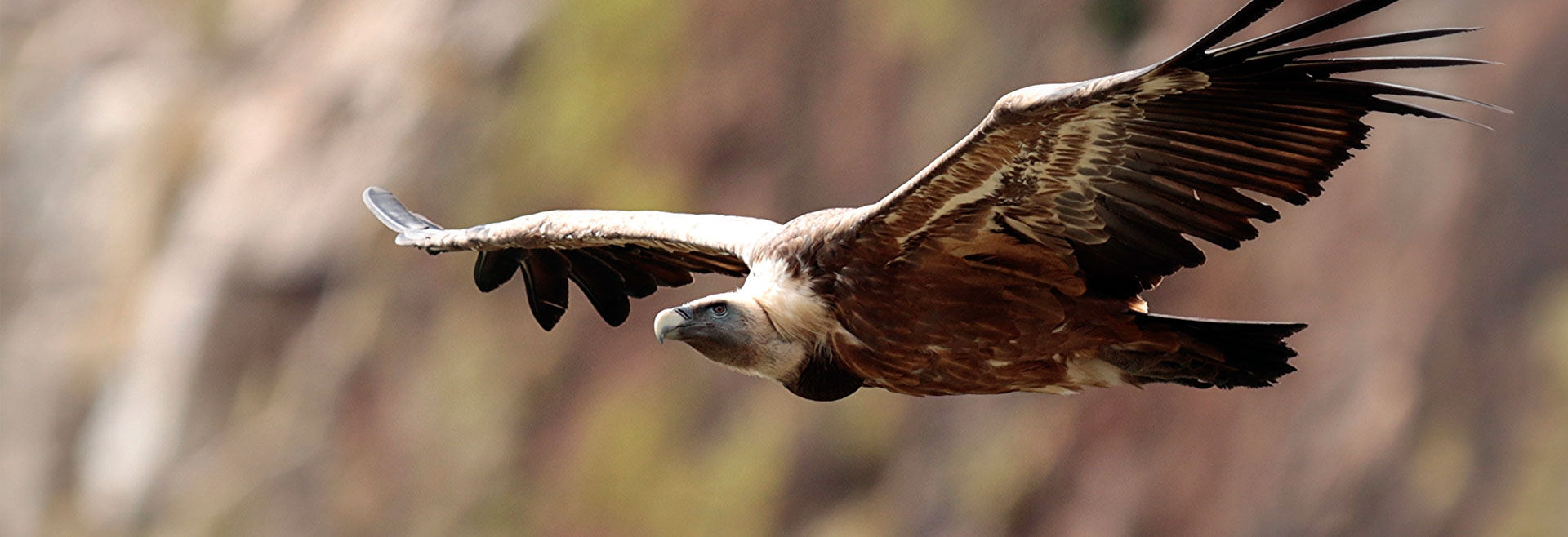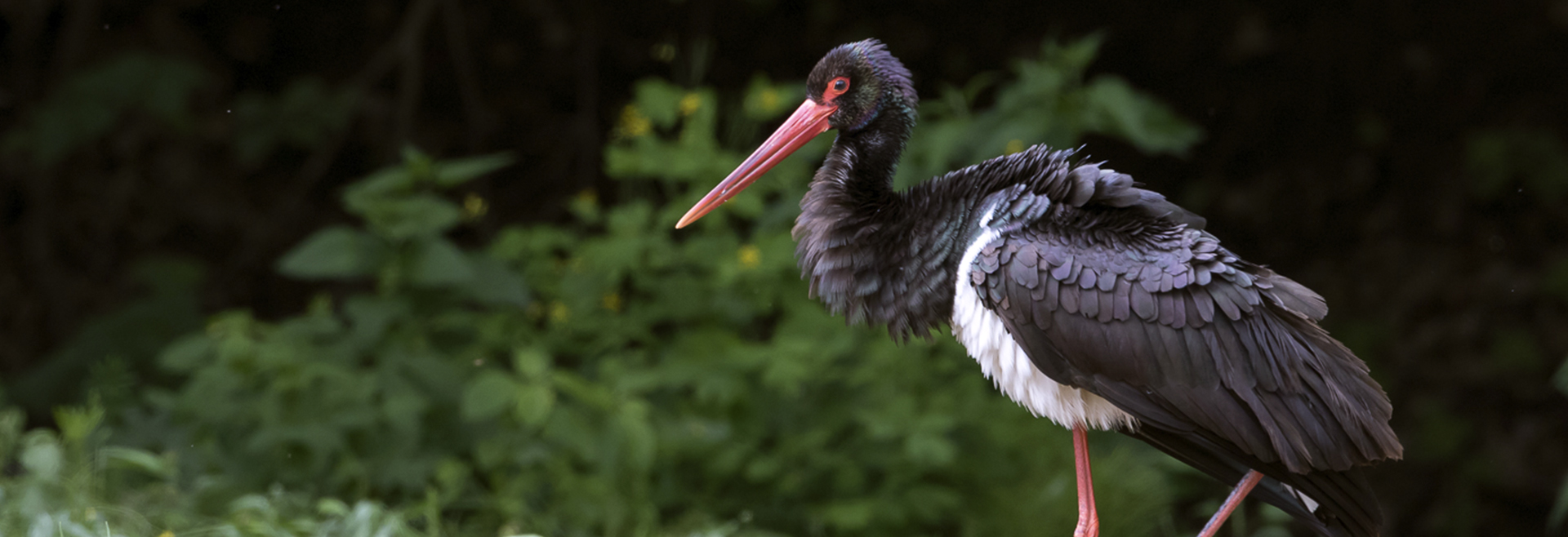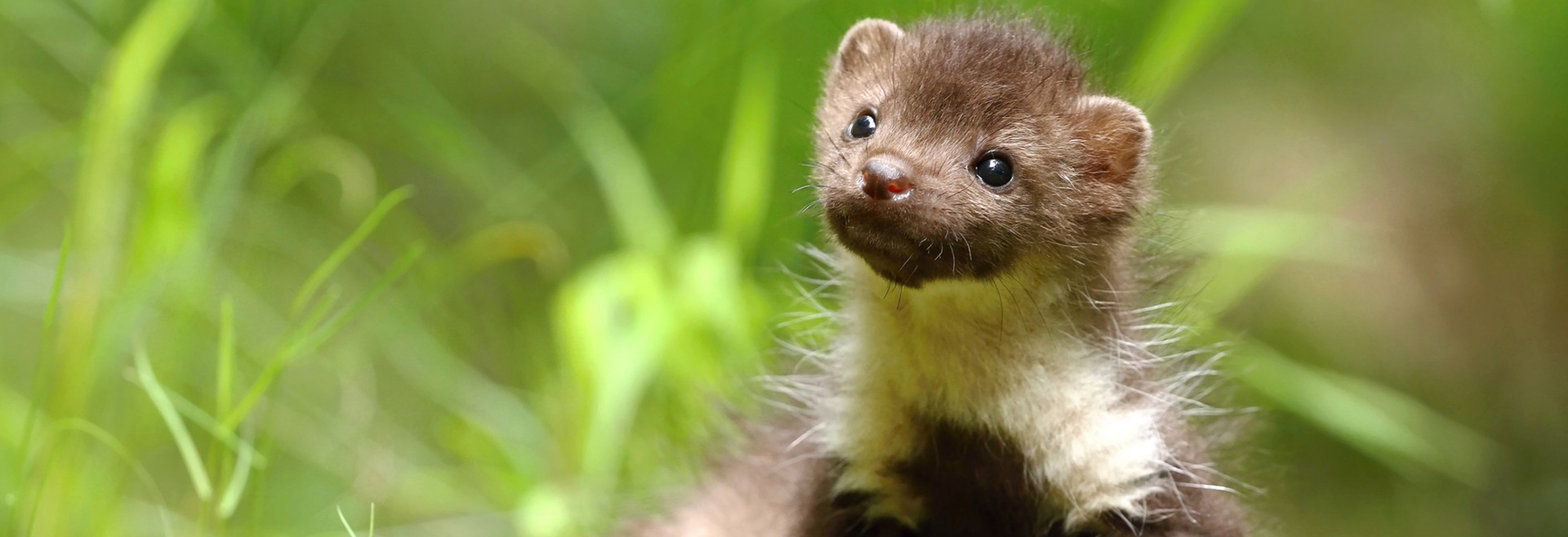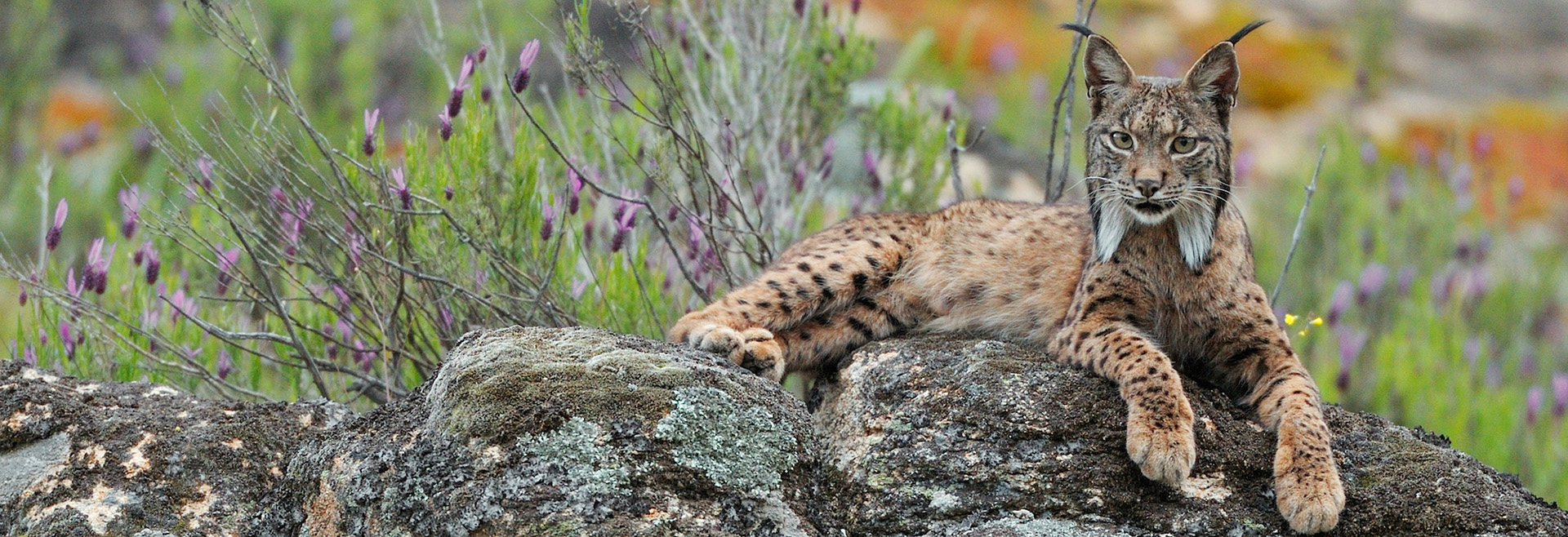Spillover events of rabbit haemorrhagic disease virus 2 (recombinant GI.4P-GI.2) from Lagomorpha to Eurasian badger
-
Veja o artigo
-
RevistaTransboundary and Emerging Diseases
-
Volume e Páginas1–16
Rabbit haemorrhagic disease (RHD) is a major threat to domestic and wild European rabbits. Presently, in Europe, the disease is caused mainly by Rabbit haemorrhagic disease virus 2 (RHDV2/b or Lagovirus europaeus GI.2), the origin of which is still unclear, as no RHDV2 reservoir hosts were identified. After the RHDV2 emergence in 2010, viral RNA was detected in a few rodent species. Furthermore, RHDV2 was found to cause disease in some hare species resembling the disease in rabbits, evidencing the ability of the virus to cross the species barrier. In this study, through molecular, histopathologic, antigenic and morphological evidences, we demonstrate the presence and replication of RHDV2 in Eurasian badgers (Meles meles) found dead in the district of Santarém, Portugal, between March 2017 and January 2020. In these animals, we further classify the RHDV2 as a Lagovirus europaeus recombinant GI.4P-GI.2. Our results indicate that Meles meles is susceptible to RHDV2, developing systemic infection, and excreting the virus in the faeces. Given the high viral loads seen in several organs and matrices, we believe that transmission to the wild rabbit is likely. Furthermore, transmission electron microscopy data show the presence of calicivirus compatible virions in the nucleus of hepatocytes, which constitutes a paradigm shift for caliciviruses’ replication cycle.
-
Palavras-chavecoelho bravo; rabbit; Oryctolagus cuniculus; Rabbit haemorrhagic disease;


